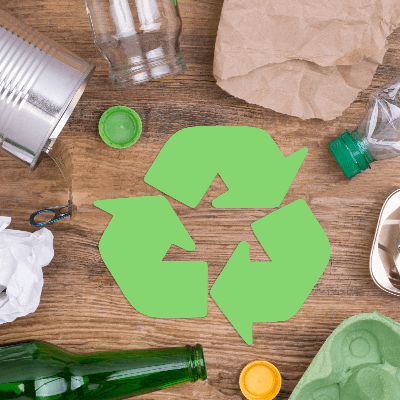
This web page contains recycling facts for kids and is an excellent resource for anyone of any age looking to learn about recycling. Our goal is to provide you with accurate, up to date facts about recycling. In addition to facts about recycling, we provide additional resources to help you with your research on the recycling process.
The recycling facts below will help you learn about the recycling process, what products you can recycle, how recycling can help the environment, and other recycling related facts. We hope these recycling facts are interesting and help you learn more about the recycling process.
If any of the below recycling facts are inaccurate, please contact us and let us know.
18 Recycling Facts for Kids
- Recycling is a term used to describe the conversion of waste materials into new materials or objects.
- Recycling helps reduce the amount of waste that goes into landfills.
- Recycling helps reduce the harvesting of natural resources and other finite resources we have on this planet.
- There are many items that can be recycled, including but not limited to paper, glass, metal and cardboard.
- There are many items that cannot be recycled, including but not limited to polystyrene foam containers and cups, dirty pizza boxes, plastic shopping bags, broken glass and plastic utensils.
- Recycling can help reduce energy usage. A great example is aluminium, it takes 95% less energy to recycle aluminium versus manufacturing new aluminium.
- One ton of recycled aluminum cans saves about 14 thousand kilowatt hours (Kwh) of energy.
- Recycling can reduce air pollution. A great example is glass, recycled glass only produces 20% of the air pollution versus what’s produced when manufacturing new glass.
- Recycling can save forests by reducing the number of trees that need to be cut down. A great example is paper, every ton of paper recycled will saves about 17 mature trees.
- Recycling can help reduce the need for oil. A great example is plastic, every ton of plastic that gets recycled will save about 240 gallons of oil.
- One ton of recycled steel saves 2,500 pounds of iron ore, 1,400 pounds of coal and 120 pounds of limestone.
- Recycled materials can be converted into usable materials quickly. Recycled glass containers thrown into a recycling bin can end up back on a store shelf in as little as 30 days.
- According to the EPA, the average American generates 4.4 pounds of garbage a day, and that comes out to about 1.5 tons of garbage a year.
- According to the EPA, about 75% of the 4.4 pounds of garbage generated daily by each American is recyclable, but only 30% of it actually gets recycled.
- According to the EPA, the United States throws out 28 billion bottles and jars each year.
- It’s estimated in the United States that enough iron and steel is thrown away each year that it could fully supply all the domestic auto makers with all the metal they need to manufacture new vehicles.
- According to the University of Southern Indiana, recycling is the cheapest way to handle waste. For one ton of trash, they estimate it costs $30 to recycle it, $50 to send it to a landfill and as much as $75 to incinerate it.
- The recycling industry is estimated to generate over $200 billion USD every year.
Recycling Pictures
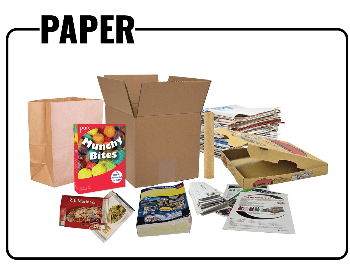
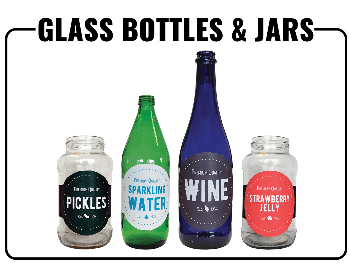
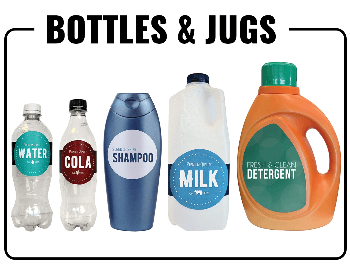
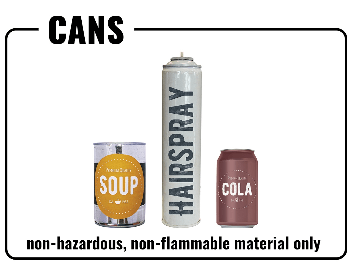
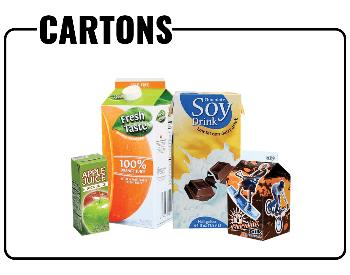
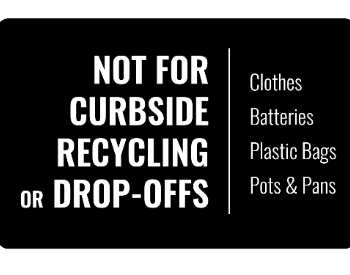
Additional Resources with Recycling Facts
- The Basics of Recycling – Learn about the basics of recycling on the EPA website.
- Recycling 101 – Discover how recycling works and why it’s important on the Waste Management website.
- Recycling Myths – Find out some common myths about recycling on the National Geographic website.
- Recycling – Wikipedia – Read more about recycling and its history on the Wikipedia website.
